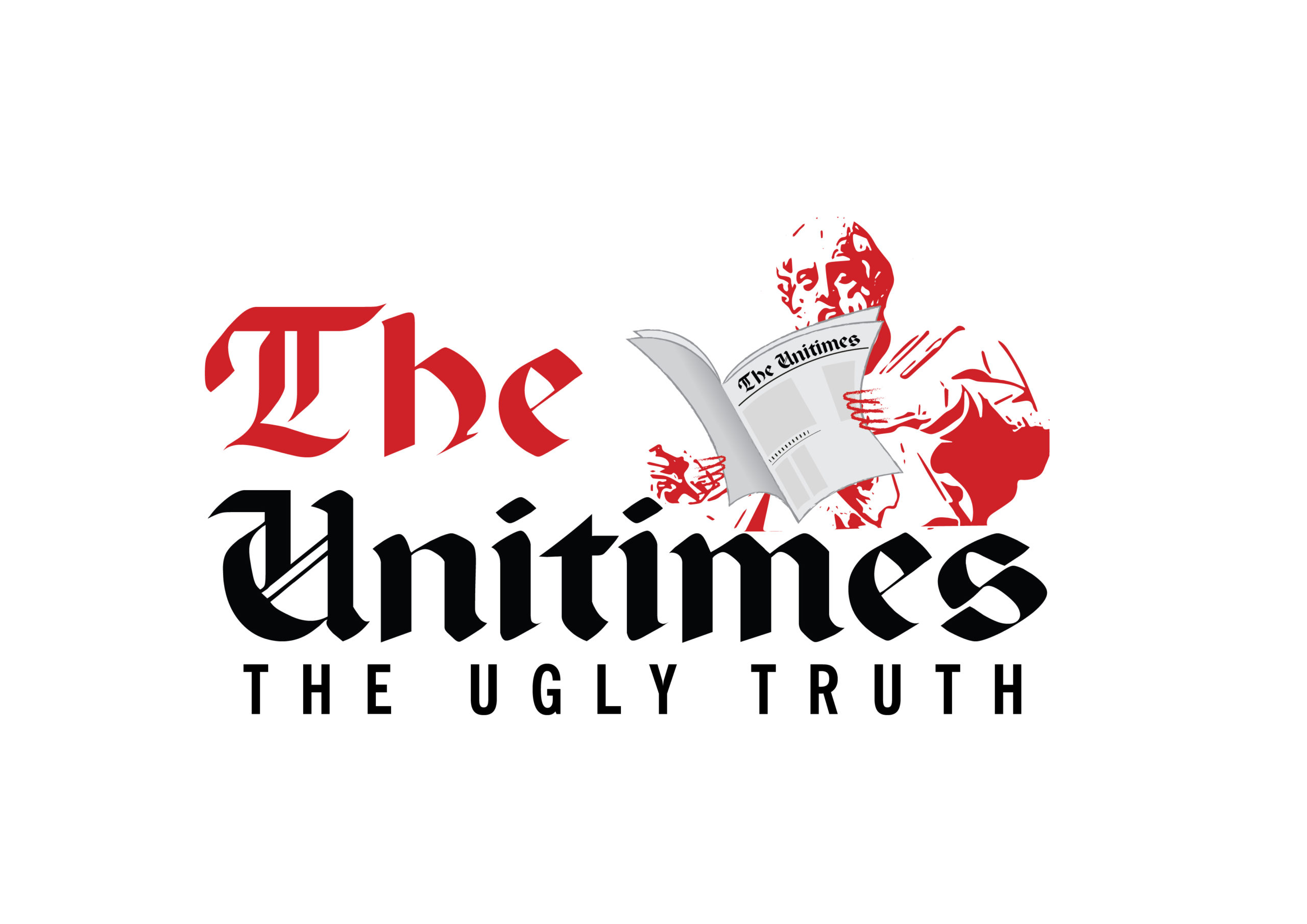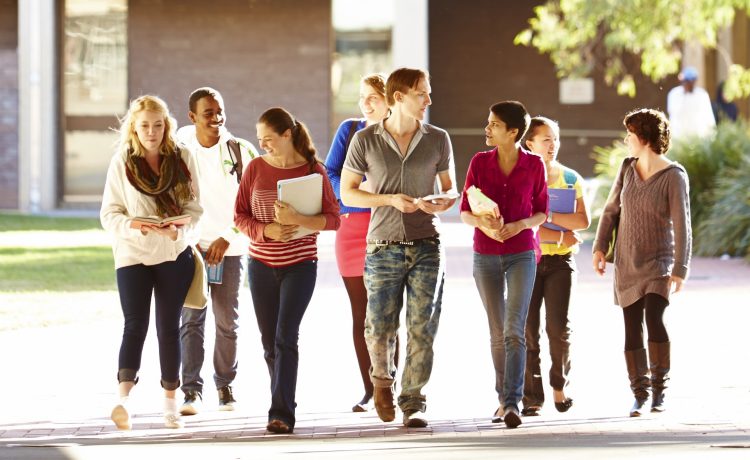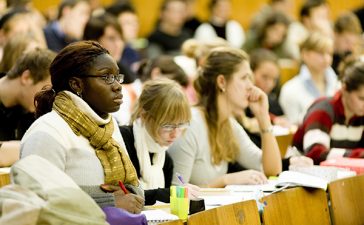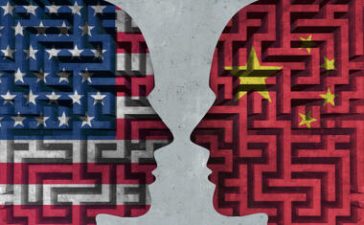In a sign it may be challenging for the US to recover its foothold as at the top of the international education leaderboard, data has shown that prior to the Covid-19 crisis the number of students from India enrolled in graduate-level computer science and engineering in the US declined by more than 25% between 2016-17 and 2018-19.
 Canada allows for a smooth transition from international student to work after graduation, which in turn creates a path to permanent residence. Photo: Pexels
Canada allows for a smooth transition from international student to work after graduation, which in turn creates a path to permanent residence. Photo: PexelsAccording to an analysis of SEVIS data by the National Foundation for American Policy, in recent years many Indian students have been choosing Canada over the US as the place to study and make their careers.
“Canada is benefiting from a diversion of young Indian tech workers from US destinations”
Examining the numbers overall, between the 2016-17 and 2018-19 academic years, international students enrolled at US universities declined by 4.3%, or 35,740, from 840,160 to 804,420, according to SEVIS data.
And while undergraduate enrolment of international students dropped by 3.5%, graduate enrolment fell by even more (5.2%) between 2016-17 and 2018-19.
“More restrictive immigration and international student policies under the Trump administration and the difficulty of obtaining green cards in the US are key factors,” the analysis explained.
Meanwhile, the number of international students from India studying at Canadian universities rose from 76,075 in 2016 to 172,625 in 2018, an increase of 127%, according to data from the Canadian Bureau for International Education.
The NFAP analysis noted that the number of Indians admitted as permanent residents to Canada grew 117% between 2016 and 2019, pointing out that Canada allows for a smooth transition from international student to work after graduation, which in turn creates a path to permanent residence.
By comparison, it explained, the Trump administration has made several attempts to restrict or eliminate Optional Practical Training, which permits international students to work in the US for 12 months or an additional 24 months in a STEM-related job.
Under the Canadian government’s Global Skills Strategy, many applications are approved within a couple of weeks. However, in the US, the process for H-1B visas can take months and many applications are denied.
“Moreover, the annual limit on H-1B visas has been reached for the past 18 fiscal years,” noted NFAP.
“Canada is benefiting from a diversion of young Indian tech workers from US destinations, largely because of the challenges of obtaining and renewing H-1B visas and finding a reliable route to US permanent residence,” said Peter Rekai, founder Canadian immigration law firm Rekai LLP.
For engineering, international student enrolment at the graduate-level at US universities dropped from 96,330 in 2016-17 to 86,070 in 2018-19 – a decline of 10,260 (10.7%).
“The decline was primarily the result of the enrolment of Indian graduate students in engineering falling by 10,870, or 27.5%, between the 2016-17 and 2018-19 academic years,” noted NFAP.
However, there was a small increase in graduate students from China enrolled in engineering over this period.
The number of international students enrolled at the graduate-level in computer science at US universities declined from 70,630 in 2016-17 to 64,580 in 2018-19, a drop of 8.5%.
Similar to engineering, NFAP said the decline was primarily the result of the enrolment of Indian graduate students in computer science.
“To place the significance of the decline in context, as recently as the 2016-17 academic year, 67% of international graduate students in computer science at US universities came from India,” the analysis explained.
While the number of graduate students from China enrolled in computer science over this period increased by almost a third (29.5%) it was not enough to overcome the steep drop in Indian graduate students.
In May, the Canadian government announced significant flexibility for international students, including accepting applications for study permits and post-graduate work permits even if some documents are missing.
By comparison, Trump has since issued a presidential proclamation aimed at restricting the entry of graduate students and researchers from China, with stakeholders raising concern that the US could lose out on a valuable talent pool for the country’s universities.
As a result, “unlike the US, when the Covid-19 pandemic ends, Canada will be in a good position to continue attracting international students”, concluded NFAP.
The UK could also pose a threat to future US student numbers from India, with former universities minister, Jo Johnson, recommending that the UK double the duration of its post-study work visa from two to four years, and double Indian student numbers by 2024.
“The UK is in a good position to take market share from the US in India and a further improvement in the post-study work offer would help the sector overcome new concerns about studying in the UK that have arisen in the wake of Covid-19,” he said.
“A Tier 4 visa that promises four years of post-study work rights will be of huge advantage to the UK in India, where students are particularly sensitive to this opportunity.”







